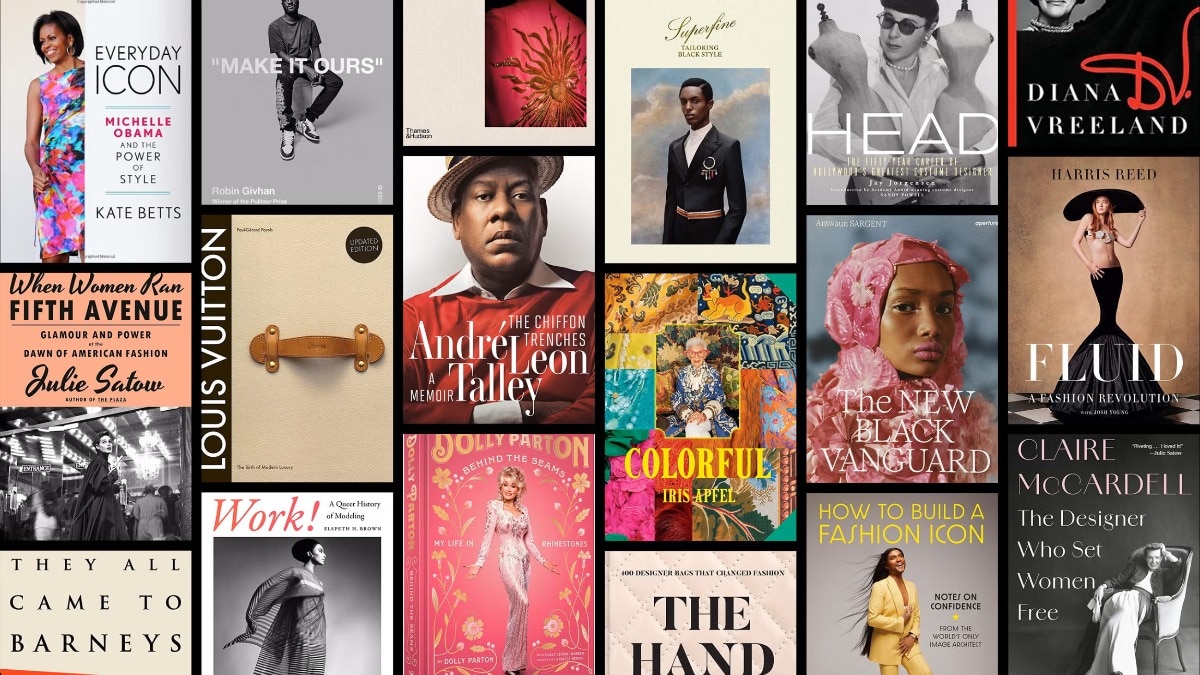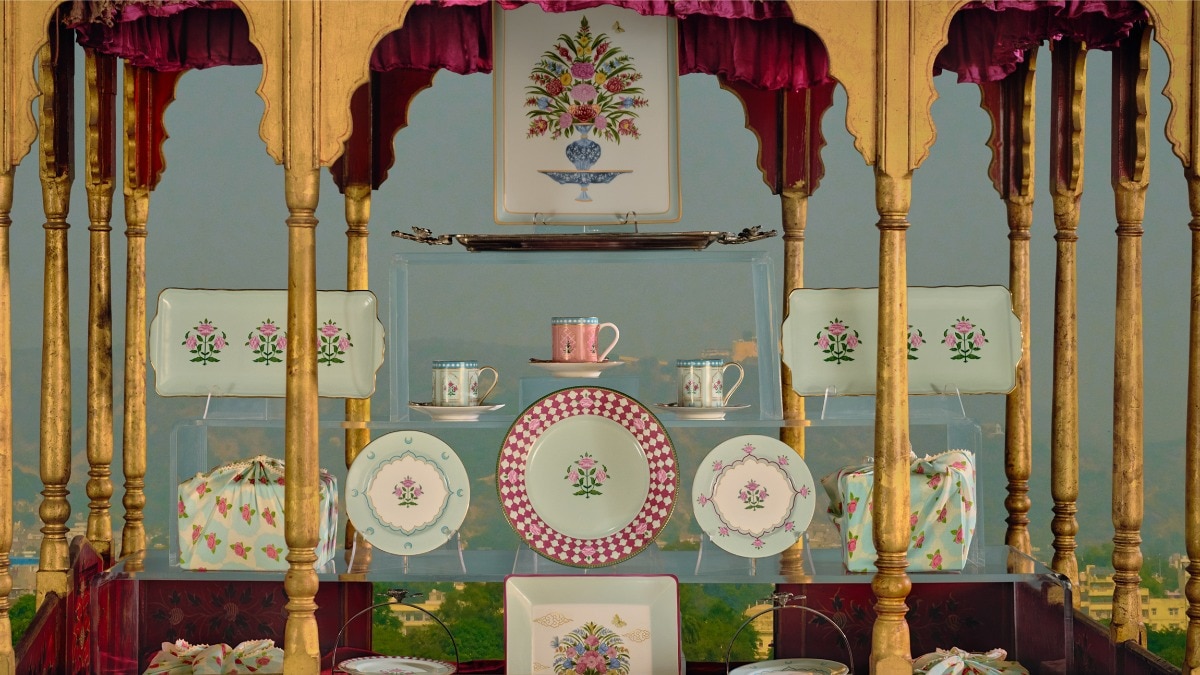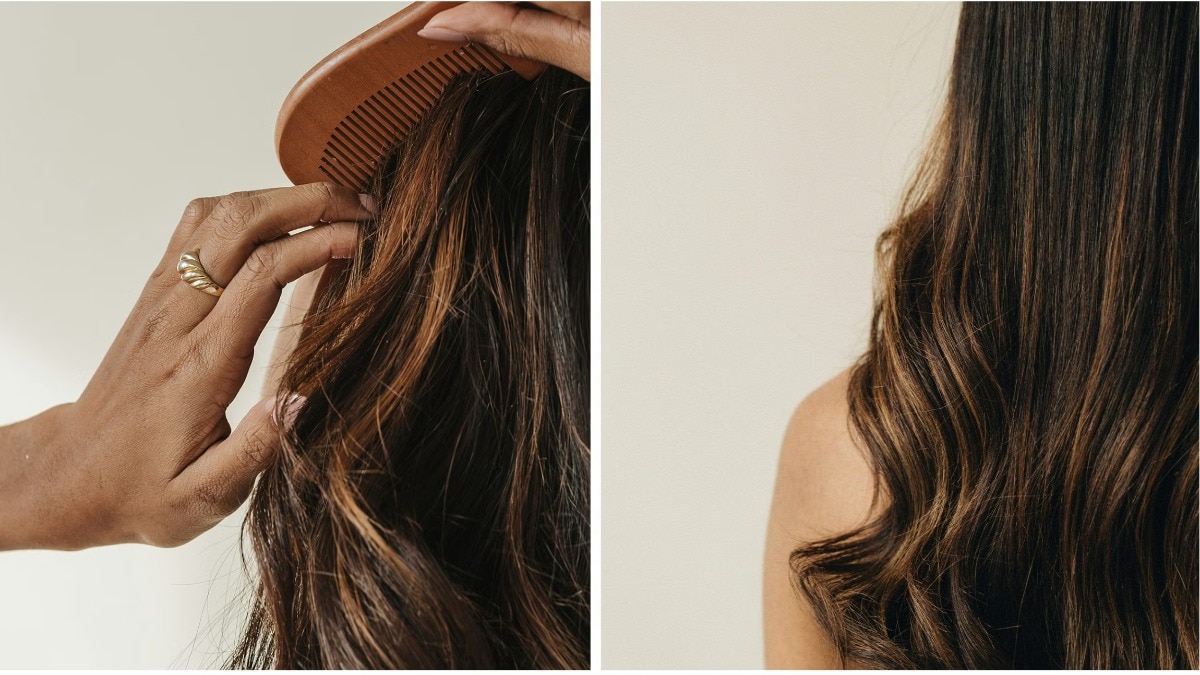Is there a correct way to nap?
There are some rules you must follow if you want to enjoy a mid-day slumber.


The concept of naps has never made any sense to me; they are as elusive as trigonometry. Okay, I understand this sentiment might offend some people but hear me out. Let me paint you a picture of something that happened last weekend. It was a warm Saturday afternoon, and I was sitting on my couch, watching a random episode of FRIENDS. I accidentally slipped into a 45-minute nap in the weirdest position. I woke up suddenly to the sound of ‘I’ll Be There For You’ (yes, the show was on the whole time) feeling like a zombie. I was groggy and sluggish. Sleep inertia had me in its stronghold and it ruined my entire day. This is just one incident out of a million (pardon my exaggeration) and I’ve eventually learned that naps just aren’t for me. But this also got me thinking, has it never worked for me because I am napping wrong? Turns out, my severely glitching mind had a valid point—napping is an art and it's crucial to learn the right technique before attempting it.
A lot of European countries consider naps to be a sacred part of their culture, but here, most young adults have a long task list, and unless they are master procrastinators or it's a relaxed weekend, naps aren’t in the picture. However, there are undeniable benefits to napping if done correctly. So, while we may not live in Rome, we should do as the Romans and carve out some siesta time in our routines. And even if you’re in the same boat as me and gave up on naps a long time ago, I am determined to keep you from losing hope. So, the next time your bed is quietly calling out to you in a seductive voice, go to it. A quickie (nap) never hurt anyone.
Why is napping beneficial?
Okay, let me start by saying that naps aren’t a replacement for a good night’s sleep. You can’t take six naps a day (even if you have nothing else to do) and stay awake doomscrolling all night. But this doesn’t mean that a short nap in the afternoon is not beneficial. If done the right way (we will get to that), naps can improve your concentration, productivity, and alertness.
Naps can also help you pay off a lot of your sleep debt, and let's face it, we have all racked up a large bill when it comes to sleep. Getting six to eight hours of sleep every night is not always possible when you’re a (dys)functional adult. Short naps help you perk up your mood and alleviate some of that fatigue that we feel as the day progresses, without hampering our nighttime sleep cycle.
Speaking of sleep cycles, here is the catch. Naps have to be timed to perfection. If you overshoot your shot, you’re gonna wake up feeling worse than you did when you laid down. It's where all the drowsiness and weakness come into play. It hampers your efficiency and has the opposite effect than it is supposed to have. This is what we meant when we said there is a wrong way to nap.
Here is how you can make your nap work for you
Timing is everything
If you want to wake up from your nap feeling like you’re ready to take on the world, you have to time it perfectly, depending on the amount of rest you need. Ten to 20 minutes power naps work on your alertness and energy levels immediately because you’re refreshed without reaching deeper levels of your sleep. It's best to avoid 30-minute or one-hour naps. Those will leave you feeling woozy and may cause sleep inertia. If you need a longer nap, carve out 90 minutes of your day. Why so specific? 90 minutes is the duration of one full sleep cycle. This will significantly boost your productivity and efficiency without all the nap perils that generally fill you with regret.
A lot has been said about how light and sound can impact the quality of our sleep. We’ve all experienced it, too, at some point or another. And so, if you have only 20 minutes to get some shut-eye, don’t compromise. Find a quiet spot where you can draw the curtains and nap peacefully to enjoy its benefits.
Nap earlier in the day
We’ve all felt that drop in energy after lunch leading us into an afternoon slump. This happens due to the release of a small amount of melatonin that causes a dip in our circadian rhythm. So, the next time you want to close your eyes for 20 minutes, embrace the slumber. The ideal time to nap is seven to eight hours after you’ve woken up and generally between noon and 3:00 p.m. If you nap later in the day and for too long, it may mess with your sleep cycle and make it harder to fall asleep at night.
Just enjoy your nap
Don’t look at naps as a waste of time. Look at them as a form of self-care. We get it, there are days where we feel as though we have no time to even look up from our screens. But sometimes, a nap can actually help you work faster. They can make you feel more restored and productive, provided you quiet your mind and allow yourself to sleep and not play your to-do list on a loop. Just enjoy the nap and you’ll wake up feeling refreshed.










